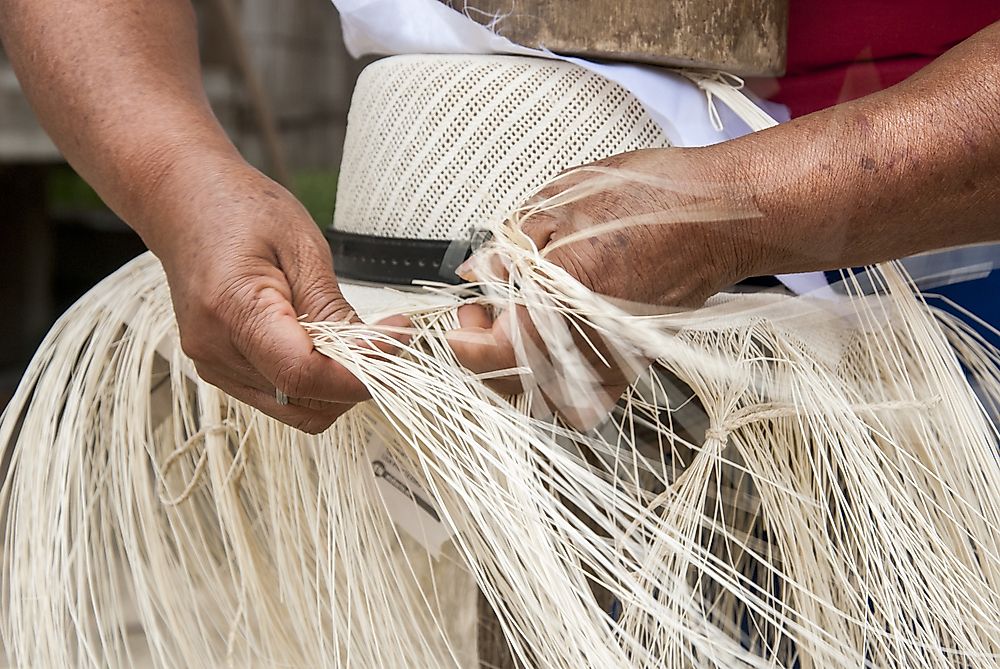What Is An Intangible Cultural Heritage?

The intangible cultural heritage is the expression, representation, skill, and practices which individuals, groups, and communities recognize as their cultural heritage. These include all the processes and products of a specific custom which are preserved and passed down from one generation to the other. Some of these heritages are intangible including festivals, crafts, cuisine, skills, music and even songs while others are tangible artifacts. These cultures cannot be stored in the museum, but we can only experience them through the cultural vehicles (defined as human treasures by the United Nations) who express them.
The groups and communities recreate intangible heritage in response to their surroundings. Their interaction with their history and nature grants them a sense of stability and uniqueness, therefore, promoting the admiration of cultural diversity and creativity. The living heritage is the cultural diversity of humanity and preserving it assures guaranteed continuity of creativity.
What Are the Different Types of Intangible Cultural Heritage?
1) Food Heritage
As sustainable development gains momentum, various food-related nominations have been submitted to the convention list of intangible cultural heritage that needs to be preserved. Some of these diets include Japanese washoku dietary culture, traditional Mexican cuisine, and the Mediterranean cuisine.
2) Oral History
Living heritage is entirely different from the verbal history discipline especially when it comes to the interpretation, preservation, and recording of historical information based on personal opinions and experience of the speaker. The intangible cultural heritage tries to preserve living heritage by merely guarding the processes which make it possible for the shared knowledge and traditions to be passed to the next generations while oral history collects all the historical detail and then preserve them.
3) Dance Heritage
The list also included a variety of dance genre associated with celebrations, singing, and music from every corner of the world. It contains various ritual and celebratory dances like Kalbelia folk dances and songs of Rajasthan, Ugandan Ma’di bowl lyre dance and music and some social dances like Rumba. Some of the localized dances practiced in the country of origin include the Sankirtana from India. Other dance-moves recognized as the heritage from certain nations but practiced globally include tango and flamenco. These routines are sophisticated heritages which involve numerous artifacts, traditions, culture and music which results in some intangible and tangible elements thus making it a unique type of heritage to preserve.
Which Countries Preserved Their Intangible Heritage Before the UNESCO Convention?
Before UNESCO intervened, some countries had laws set for the preservation of their living culture. The first state to introduce legislation for the conservation of intangible culture was Japan with their 1950s cultural properties protection law. The law identified important cultural properties which were called the living national treasures. Since then other nations including United States, Thailand, South Korea, Poland, and the Philippines among others have created their programs.
UNESCO introduced their convention for preserving the living cultures in 2003 which took effect on April 20, 2006. It recommended that all the members create an inventory of the Intangible culture heritage within their territories and work with the people maintaining these cultures to ensure that they are preserved. It also provided some funds which can be collected by any of their members and be used to support the maintenance of these living cultures.











